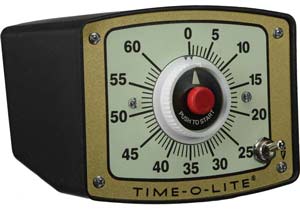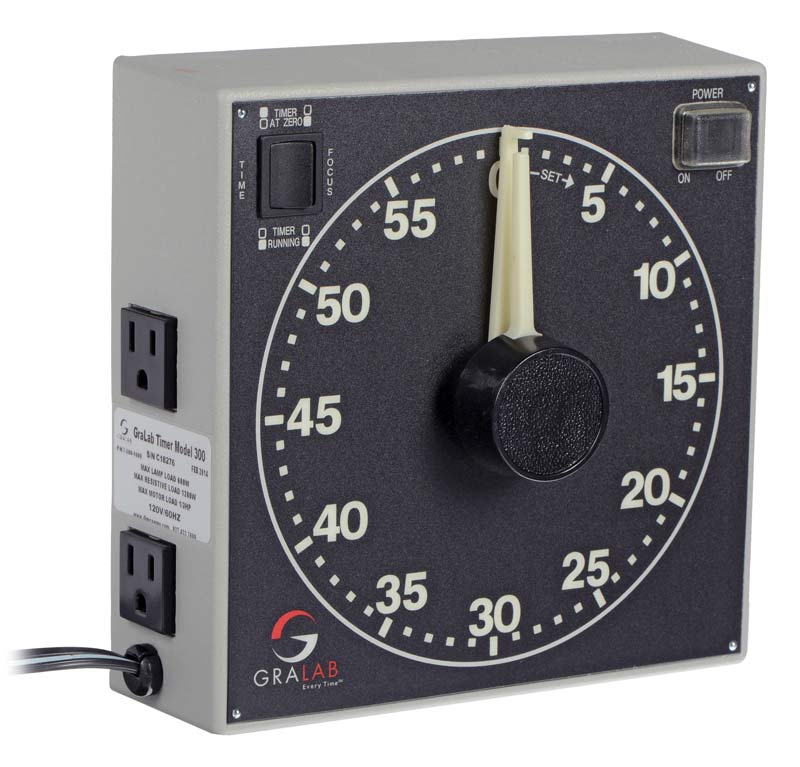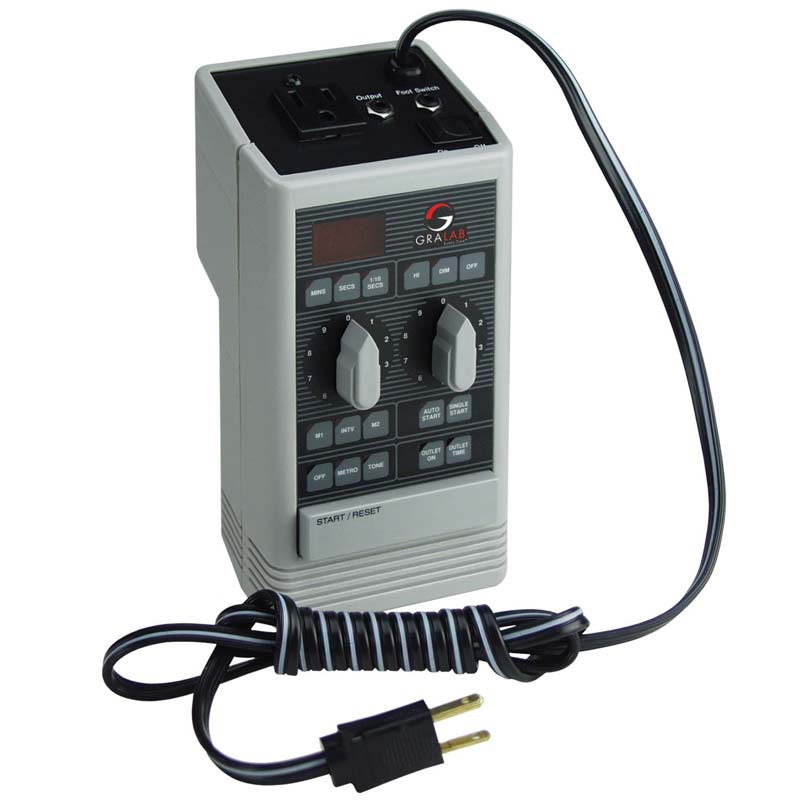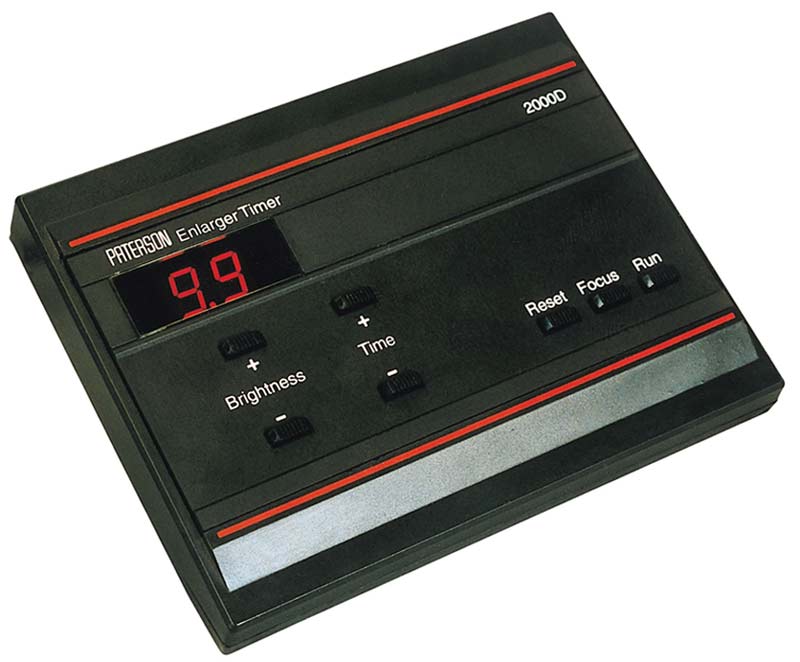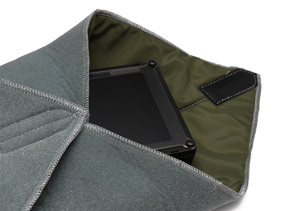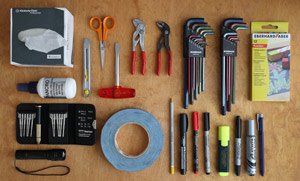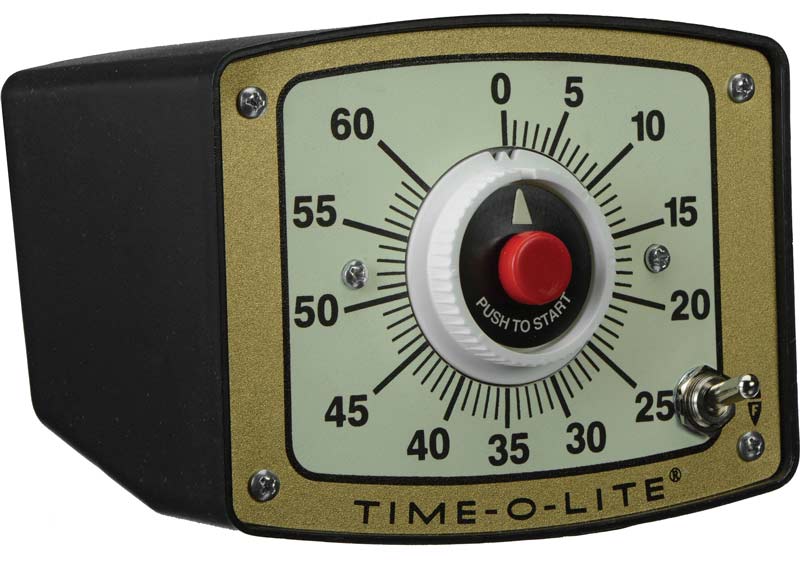
If you are in the market for a new darkroom printing timer you’ve come to the right place. With the current resurgence of interest in all things analog, there is an eclectic mix of traditional and newly developed models available. This Lens Notes buying guide covers all the various options there are for a new darkroom timer in 2022. If you are equipping a new darkroom from scratch, our Darkroom Printing Essentials Buying Guide might be useful.
Darkroom timer vs Developing timer
First, let’s define what we mean by the term darkroom timer. There is a bit of a possibility for misunderstanding regarding timers in the darkroom, and that’s because so many things in analog photography need accurate timing. Starting with the act of photography itself (shutter speeds), through film developing and finally, darkroom printing. Pretty much all steps in creating an image are time-sensitive and rely on different types of timers.
To avoid confusion, let’s set some ground rules. A darkroom timer is a device into which your enlarger plugs in so that printing exposures can be accurately timed. A process timer is a device that you use to time film and paper development processes. Certain models can be operated for both functions, but they are generally separate. This article is concerned with the darkroom printing timers currently available on the market. We will be covering process timers in a separate guide.
Now we got this out of the way, let’s see what the different options are!
The Classics
GraLab Model 300
Perhaps the most ubiquitous and still most readily available darkroom timer in the US, the GraLab 300 has been around for many decades with mostly cosmetic and material changes. It’s an intuitive electro-mechanical design with two cams to provide accurate countdown timing over large intervals. GraLab reports the accuracy of the device at +/-.015% at the maximum dial setting. The two glow-in-the-dark hands can quickly be set from 1 second to 59 minutes and 59 seconds. There is a (rather loud) buzzer that announces the end of the exposure, which unfortunately cannot be turned off. The buzzer allows the device to be as a standalone countdown process timer or as a development timer.
There are two dedicated outlets for an enlarger and a safelight respectively. Each outlet is rated for a 5 amp (600 watts) load, and a relay can be used for heavier loads. When the enlarger is on (for focusing or during timed exposure) the safelight is automatically switched off. This allows for a better view of the projected image and is especially useful when dodging and burning.
As with many devices manufactured over a long time, some cost-cutting has obviously been at work. The currently available GraLab 300 is housed in a plastic enclosure, as opposed to the metal ones of the old models. Switches have also been updated from the metal toggles to plastic rocker ones. While this has certainly lowered production costs, the new timers might not be as durable as the old ones. On the other hand, there might also be a safety element to the updates. Considering the proximity of water, corrosive chemicals and the risks of operation with wet hands in a typical darkroom, the use of plastic may make for a safer unit.

Time-O-Lite M-72R / GR-90
Time-O-Lite timers by the Industrial Timer Company are perhaps the coolest old-school darkroom timers you can buy brand new today. Very similar in operation to the GraLab 300, the Time-O-Lite M-72R is run by a synchronous motor drive coupled with a simplified automatic reset timing mechanism. The exposure time is set by twisting the knob in the center of the luminous dial. The M-72R has a switched safelight outlet that switches off whenever power is fed to the enlarger. The device can handle loads up to 6.5 amps (750 watts).
The GR-90 is exactly the same as the M-72R with the only difference being the absence of a safelight outlet on the GR-90. There is no audio signalization, and no advanced features like metronome or footswitch control. The timer needs to be reset after each exposure. Both units are dedicated enlarger timers, as the 60-second maximum is not sufficient for any process timing.
Time-O-Lite darkroom timers are only available in 110V with US power receptacles.
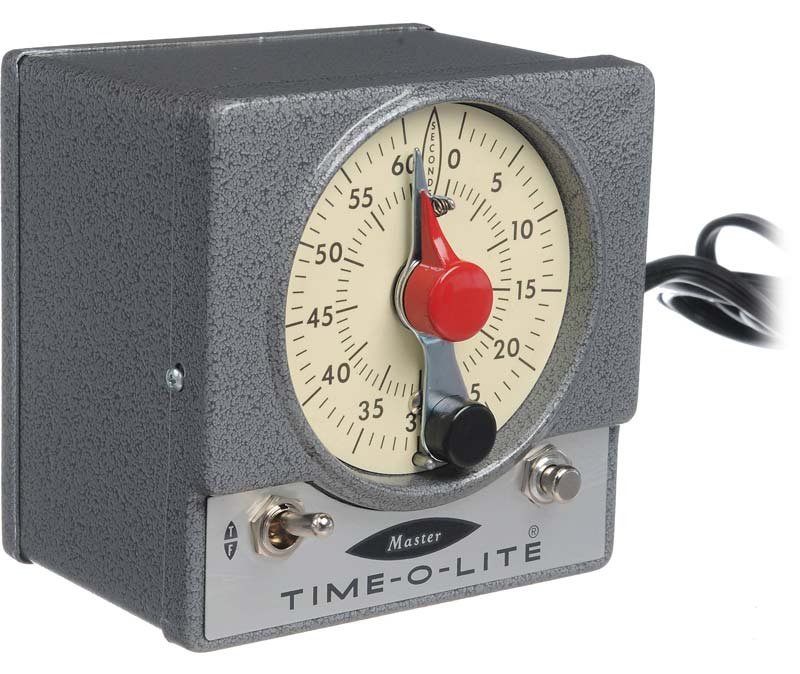
Time-O-Lite P72
With its heavy-duty metal casing, the P72 is Time-O-Lite’s top enlarger timer. With dual outlets, the P72 can handle up to a 1000 watt load and supports an optional foot-switch. It’s run by the same synchronous motor drive coupled with a simplified automatic reset timing mechanism. As an old-school timer, there are no auto signals or metronome features.
This model actually comes in four different versions that differ only by the timer scale calibration. The P72-60S is the standard 60-second version shown in the image above. The P72-4R is a high-precision 15-second version with a dial calibrated in 1/4 second increments. The P72-3M is a 3 minute model with 3-second increments and the P72-5M model runs for a maximum of 5 minutes adjustable at 5-second increments.
The Digital
GraLab Model 451
The GraLab 451 is an advanced electronic darkroom timer with a lot of features. It is a solid-state electronic device with a 99-minute time range that can be set in minutes, seconds and 1/10 seconds. Accuracy is reported as ± .01% and repeatability as ± .005%. It has adjustable brightness red LED digital display, backlit buttons and a convenient interface layout.
The 451 model has two independent, programmable memories for single-cycle switching or continuous cycling. As opposed to the 300, which is reset every time it’s run, the 451 can be run multiple times without the need to be set again. A footswitch can be wired into a dedicated port, enabling the user to start the exposure hands-free. This is an especially useful feature when complex dodging or burning is to be done.
Furthermore, the timer has a metronome mode in addition to the regular end-of-process buzzer option. In metronome mode, the timer marks each elapsed second with an audible signal. This facilitates accurate dodging or burning durations. Like the 300, the audio signal options of the 451 model extend its usability into process timing applications. There is also audio-off mode, a feature sorely missed on the basic 300 model.
The one thing lacking on the GraLab 451 is the dedicated safelight outlet that the 300 model has. There is a logic-level output jack that can be used to command a relay, but it’s hardly as straightforward as a dedicated outlet.
Paterson 2000D
The Paterson 2000D enlarger timer comes from the biggest darkroom equipment manufacturer in the UK. For this reason, it’s more common in the UK and Europe than in the US, although a dedicated US 110 volt version is available. The single switched outlet can handle loads up to 5 amps (600 watts).
There are two timing ranges that automatically switch: from 0.1 to 9.9 seconds in 0.1 sec increments and from 10 to 99 seconds in 1-second increments. The 2000D has a red LED adjustable brightness numerical display. When printing a series of images, the selected time can be repeated any number of times without having to reconfigure the clock each time like you’d have to do with the GraLab 300. It is also possible to interrupt and restart the remaining time and interrupt and reset directly to the set starting time.
The Paterson 2000D is a basic digital darkroom timer, so it does not have any advanced options like audio signaling, safelight outlet or footswitch support. There’s also no button backlight, although the buttons are well spaced to improve ergonomics. This model is a good example of a dedicated enlarger darkroom timer. The lack of audio signaling means that it’s not as well suited to use as a process timer, as the GraLab timers above. In addition, the 99-second maximum duration would severely limit the processes with which the timer can be used.
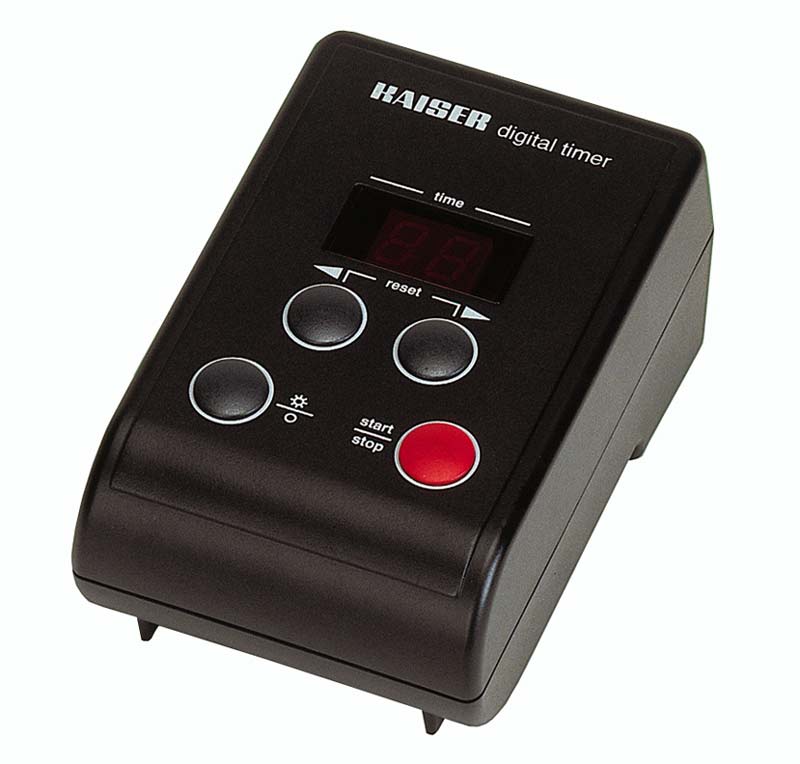
Kaiser Digital Darkroom Timer
Kaiser is another darkroom equipment manufacturer that’s more well known Europe than in the US. Their simple, easy to use Digital Timer mirrors the Paterson 2000D feature set quite closely. With the same timing range like the Kaiser goes from 0.1 to 9.9 seconds in 0.1 increments, and further on to 99 secs in 1-second steps. Unlike the Paterson, the Kaiser’s 2-digit amber-colored display’s intensity cannot be adjusted.
The unit has a single switched outlet that can handle up to a 500-watt load. No advanced features like audio prompts or metronome, no foot-switch support, and no safelight control. Like the 2000D, a dialed-in duration can be repeated any number of times without having to reconfigure the clock each time. A running timer can also be paused and then restarted for the remaining time.
The Kaiser Digital Timer is another example of a dedicated enlarger timer. The same limitations as in the Paterson 2000D limit its application as a process timer.
New Kids on the Block
MAYA
MAYA is a brand new darkroom timer currently being in the final stages of development after a successful IndieGoGo campaign. As a modern, high-tech product it has more bells and whistles than all of the other models in this overview put together. Here’s a list of the main ones:
- Countdown timer
- F-Stop adjustments
- Test Strip mode with F-Stop control
- Dodge and burn actions based on F-Stops
- Auto time-compensation for dry-down, toning, aperture and paper size changes
- Safelight and room light control
- Film development timer
- Metronom
- Modular hardware with add-ons, buttons and switches
While certainly an ambitious project, the device is still in its prototype stage and is yet to prove it’s functionality. You can keep abreast of the project’s IndieGoGo page. Lens Notes will provide a full review once we get our hands on a production model.

